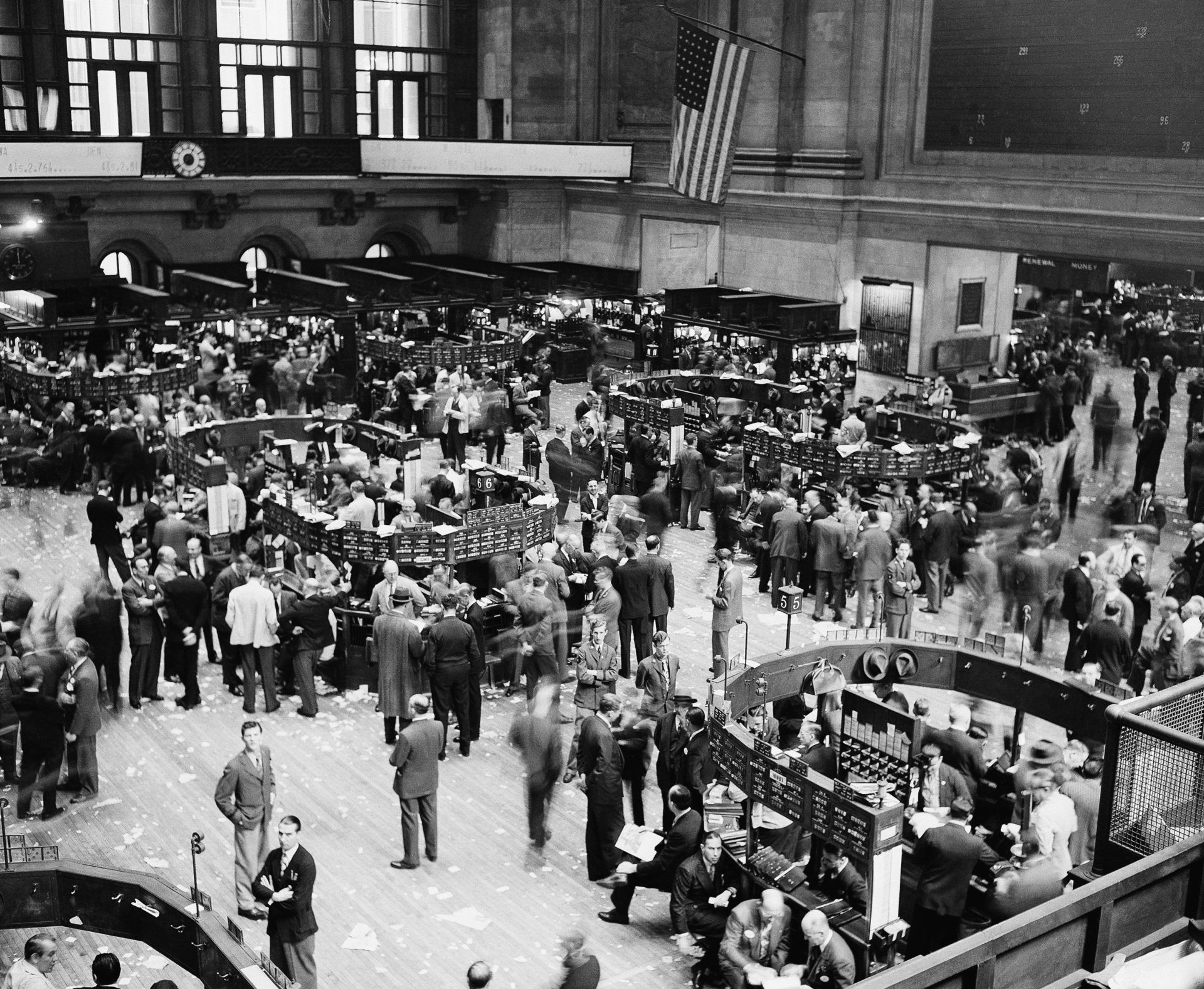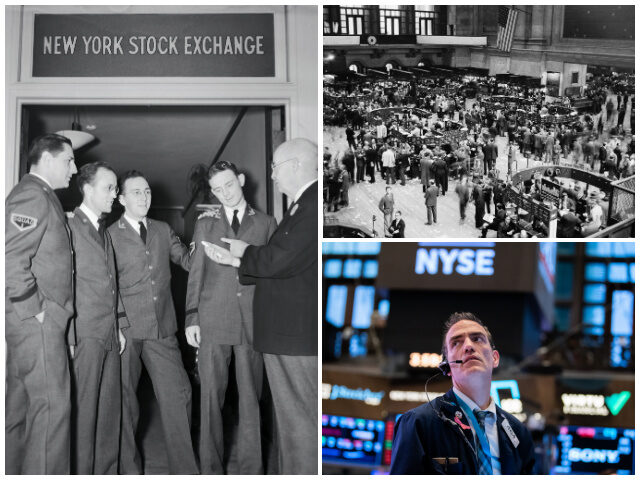July was the best month for stocks since 2020. It was also the month in which forecasts of recessions went mainstream.
At the very least, this is a good reminder that stocks discount future cash flows rather than reflect current economic conditions. There’s a tendency to think that a recession will be bad for stocks—and often that’s true. The tricky part is that the market often falls before the recession and rallies while it still continues. In 2009, for example, the S&P 500 bottomed in March while the recession stretched on through June.
We date the mainstreaming of a recession this year as of mid-July, when Bank of America altered its forecast for the economy to include a mild recession this year. To be sure, this is still a minority view among the top forecasters. According to Bloomberg, the consensus view is for the U.S. economy to grow 1.3 percent this year. In fact, the consensus among Wall Street economists still appears to be that no major economy will experience a recession next year.
Despite that, it’s safe to say that when Bank of America warns of a recession this year, the idea has some currency with investors and establishment media. It was around midway through last month that recession talk became ubiquitous in the financial press and began to leak out into the broader public consciousness. In some ways, it is already cemented in the public’s mind that we are in a recession, which the public defines as a “bad economy” rather than the various technical definitions economists favor.
The timing of Bank of America’s recession call coincided with what became a three-week long rally in stocks in July. The Dow Jones Industrial Average climbed 6.73 percent in July, its best month since November 2020. The S&P 500′s rose 9.11, also the best month since November 2020 and the best July since 1939, according to Bank of America. The Nasdaq composite soared 12.35 percent, the best month since April 2020.

The floor of the New York Stock Exchange on July 18, 1939. Trading in the first hour was the heaviest since April 1. Total shares traded July 17 passed the 1,750,000 mark. (AP Photo/John Lent)
Analysts at Bank of America said Monday that the rally was almost entirely driven by falling interest rates, which made stocks more attractive. Why were rates falling in July? It appears to be linked to the view that the Federal Reserve would have to “pivot” away from raising rates in the near term due to economic weakness. Indeed, some analysts are already predicting that the Fed will pause after September.
That looks unlikely to us. Even though the purchasing managers’ indexes released Monday suggested a cooling of price pressure, they also show inflation near historical highs. Inflation is likely to remain unacceptably high through the end of the year, making a pause by the Fed both risky and unlikely. Even the most dovish members of the Fed still appear to be expressing a view that the Fed’s focus is fighting inflation. So the market may have talked itself into believing a pivot that is not in the cards.
What We Saw at the Sinema This Weekend
“I swear I don’t love the drama. It loves me,” Taylor Swift declares in her song “End Game.” It’s hard to say exactly where Sen. Kyrsten Sinema (D-AZ) falls on the scale of loving drama versus being loved by the drama. If she wanted to, she could declare her support for the Manchin-Schumer diet Build Back Better bill that has been falsely labeled the Inflation Reduction Act. Yet she has not.
Sinema’s staff has said that the senator is waiting to hear the ruling of the Senate parliamentarian on whether the bill can be passed by reconciliation, which would avoid a filibuster. Perhaps that is true, but it seems a weird reason to hold up expressing an opinion on the bill. If she likes it, why not say so now? Surely the question of whether it can be passed by reconciliation is incidental to the merits of the bill. We suspect Sinema has her doubts about the merits.

Sen. Kyrsten Sinema (D-AZ) and Sen. Joe Manchin (D-WV) at a press conference on the Capitol Hill on July 28, 2021. (AP Photo/J. Scott Applewhite)
Just When You Thought It Was Safe To Go Back in the Water
The cargo jam is now at record levels if East Coast ports are included.
American Shipper reported July 28:
If you only look at Los Angeles and Long Beach — the largest container import gateway in America — you’d think shipping congestion has drastically reduced. The number of ships waiting there has fallen to 26 from a high of 109 in January. But in fact, North American port congestion has just re-entered record territory. The offshore traffic jam is once again as bad as it’s ever been.
In January and February, when North American congestion previously peaked, there were just under 150 container vessels waiting off the coastlines. Two-thirds were in the Los Angeles/Long Beach queue.
As of Thursday morning, there were 153, the majority off East and Gulf Coast ports. Whereas the earlier West Coast pileup was centralized, highly publicized and relatively easy to track, today’s ship queue is more widely disbursed and attracting less attention.
Just in time for the back-to-school shopping season.

COMMENTS
Please let us know if you're having issues with commenting.